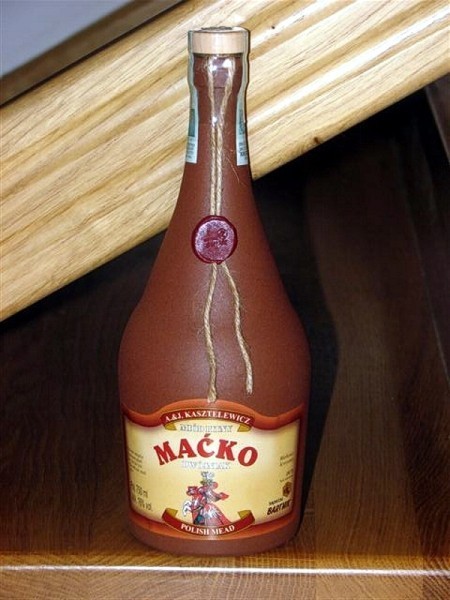
Data: 21.10.2008
Kategoria:
Aktualności
Miody pitne już w Unii!
Nazwy znakomitych polskich miodów zostały wpisane 18 sierpnia 2008 r. do rejestru „Gwarantowanych Tradycyjnych Specjalności”. Fakt ten poprzedziło opublikowanie rozporządzenia Komisji (WE – nr 729/2008) z 28 lipca 2008 r.
Przypomnijmy, że wniosek o rejestrację polskich miodów pitnych, opracowany i złożony przez Krajową Radę Winiarstwa i Miodosytnictwa przy Stowarzyszeniu Naukowo-Technicznym Inżynierów i Techników Przemysłu Spożywczego, trafił do Brukseli w listopadzie 2007 roku.
Historia miodów pitnych sięga początków państwowości polskiej. Ich produkcja w Polsce charakteryzuje się ponad tysiącletnią tradycją i bardzo dużą różnorodnością. W wyniku rozwoju i udoskonalania metody produkcji, na przestrzeni wieków wykształciło się wiele rodzajów miodów pitnych.
Tradycyjny ich podział na „półtoraki”, „dwójniaki”, „trójniaki” i „czwórniaki” istnieje w Polsce od wieków i przetrwał w świadomości konsumentów do dziś.
Nazwy te odnoszą się do historycznie ustalonego składu i sposobu ich produkcji – proporcji wody i miodu w brzeczce miodowej.
Na przykład, definicja „półtoraka” jest następująca: „półtorakiem może być nazwany tylko miód pitny, wyprodukowany z jednej części objętościowej miodu naturalnego i pół części wody”.
Nazwy te odnoszą się do historycznie ustalonego składu i sposobu ich produkcji – proporcji wody i miodu w brzeczce miodowej.
Na przykład, definicja „półtoraka” jest następująca: „półtorakiem może być nazwany tylko miód pitny, wyprodukowany z jednej części objętościowej miodu naturalnego i pół części wody”.
Unia Europejska zarejestrowała dotychczas trzy polskie produkty regionalne: bryndzę podhalańską i oscypek - „Chronione Nazwy Pochodzenia” oraz miód wrzosowy z Borów Dolnośląskich - „Chronione Oznaczenie Geograficzne”.

